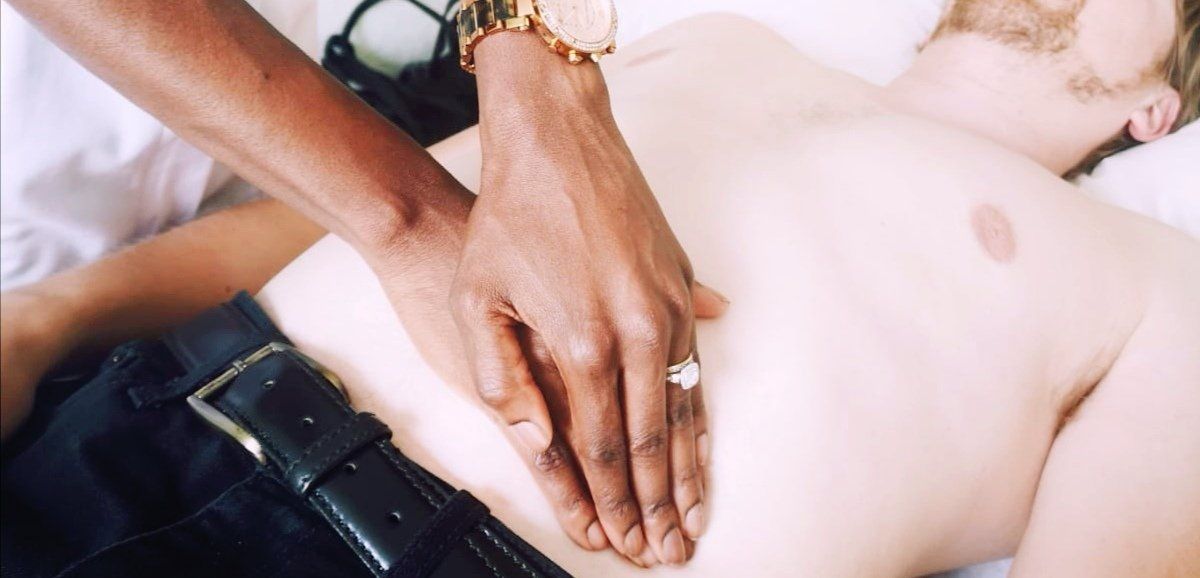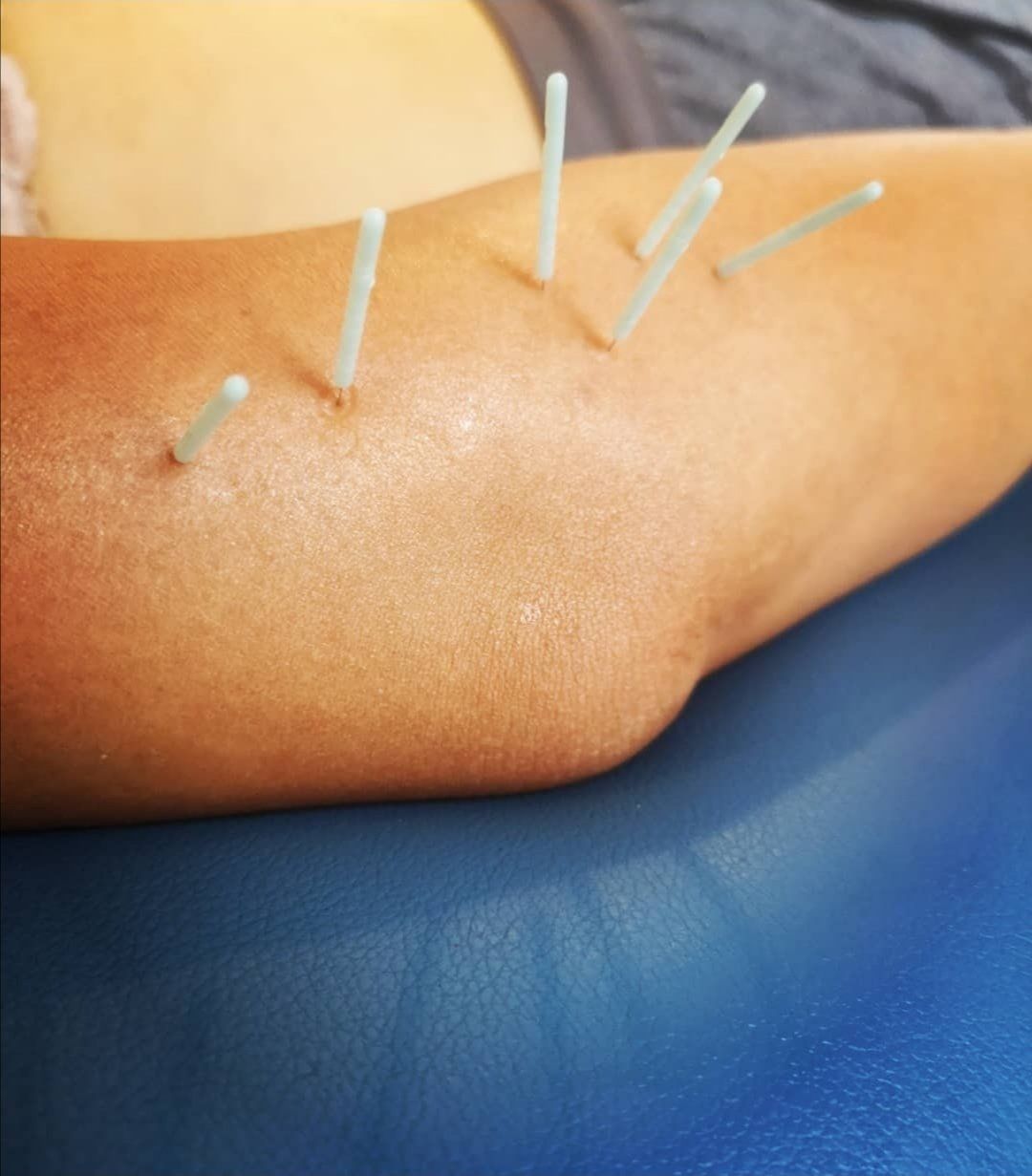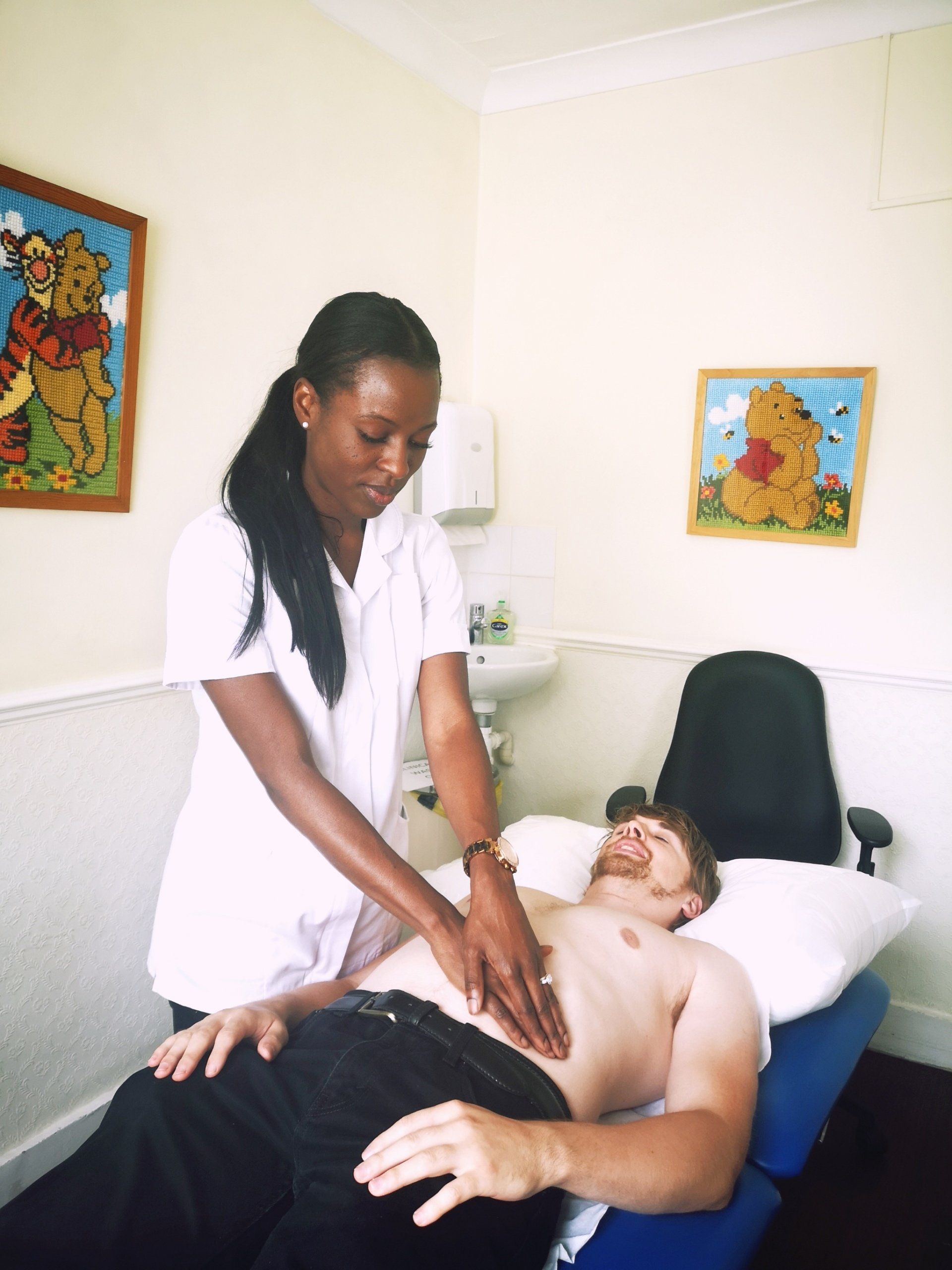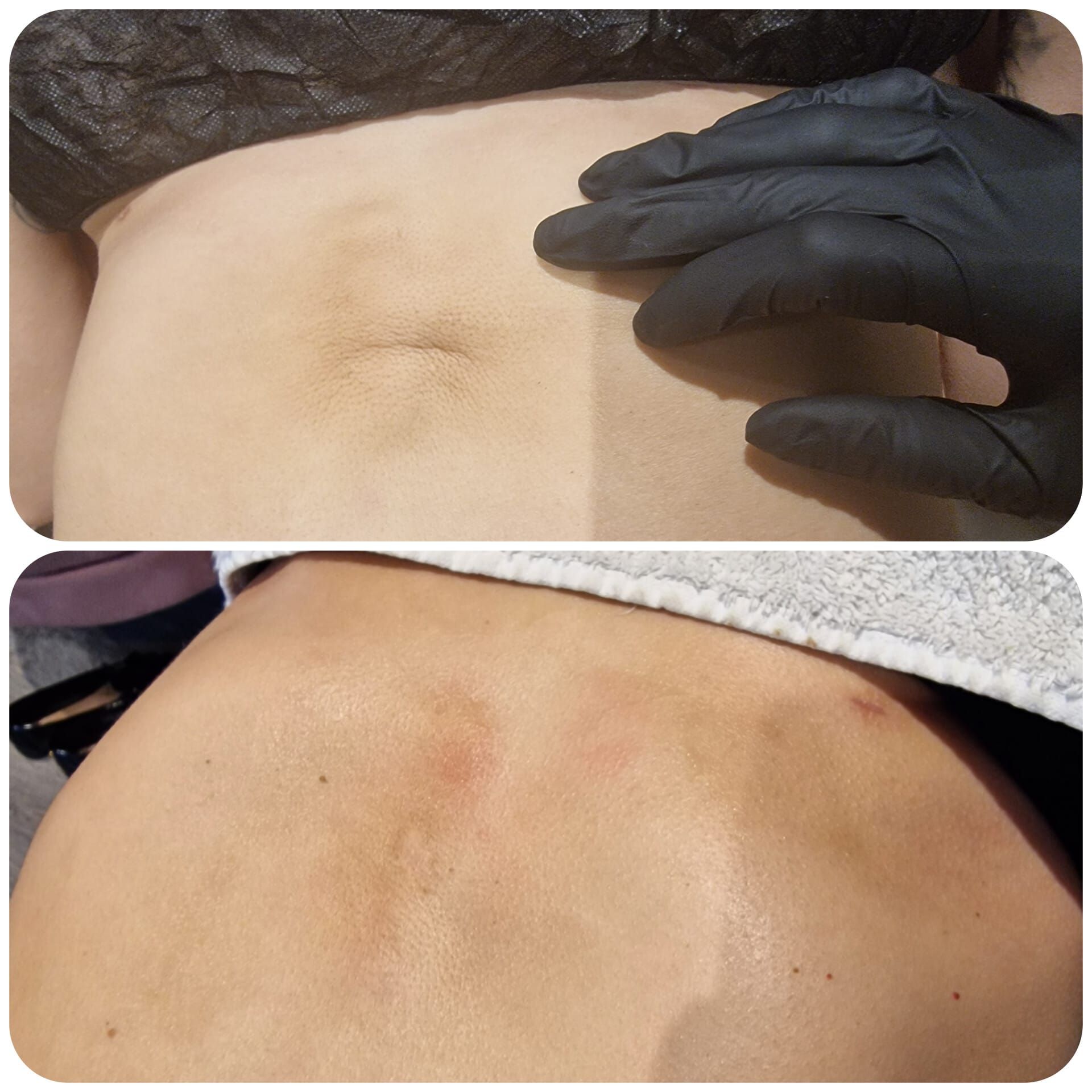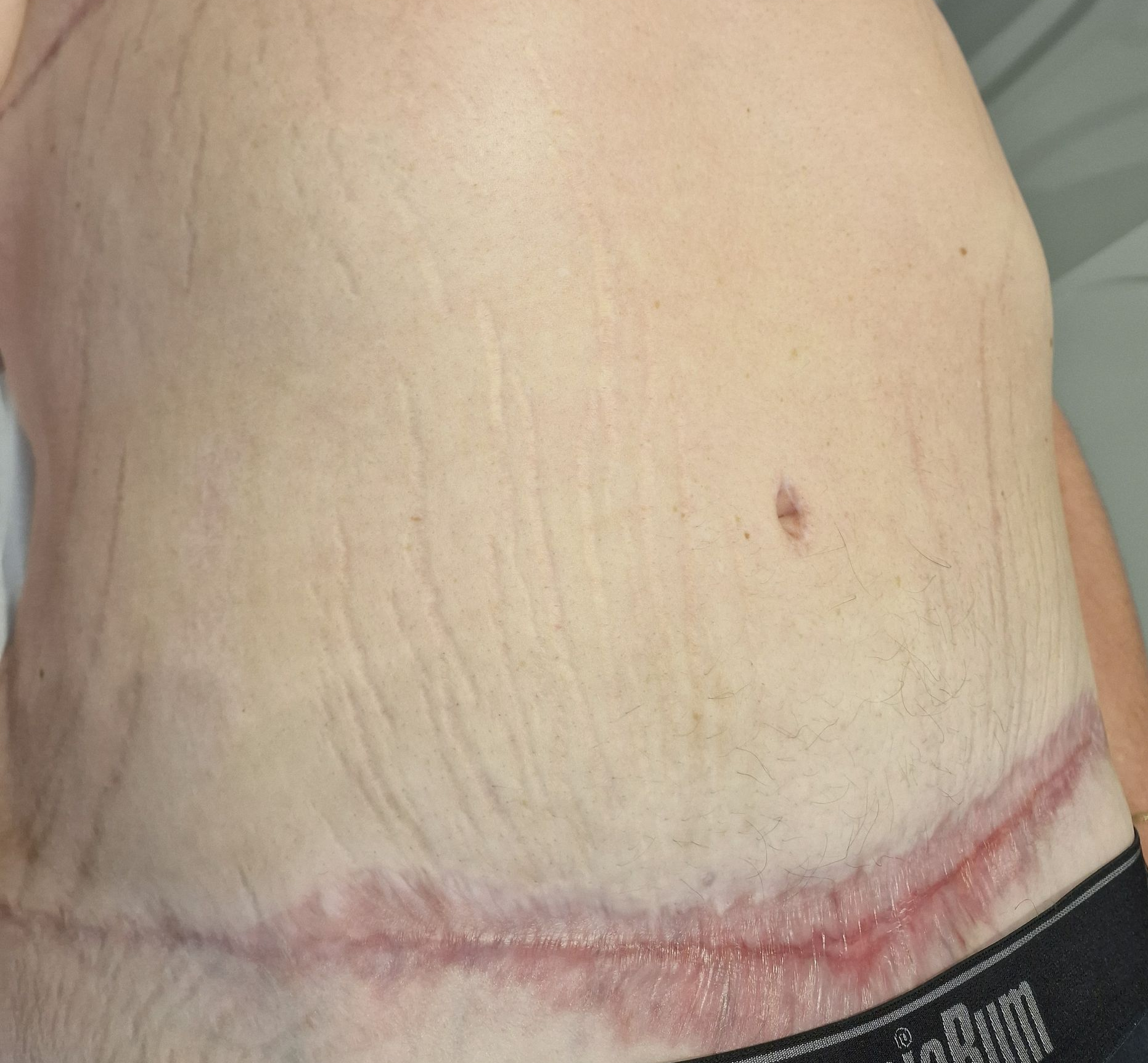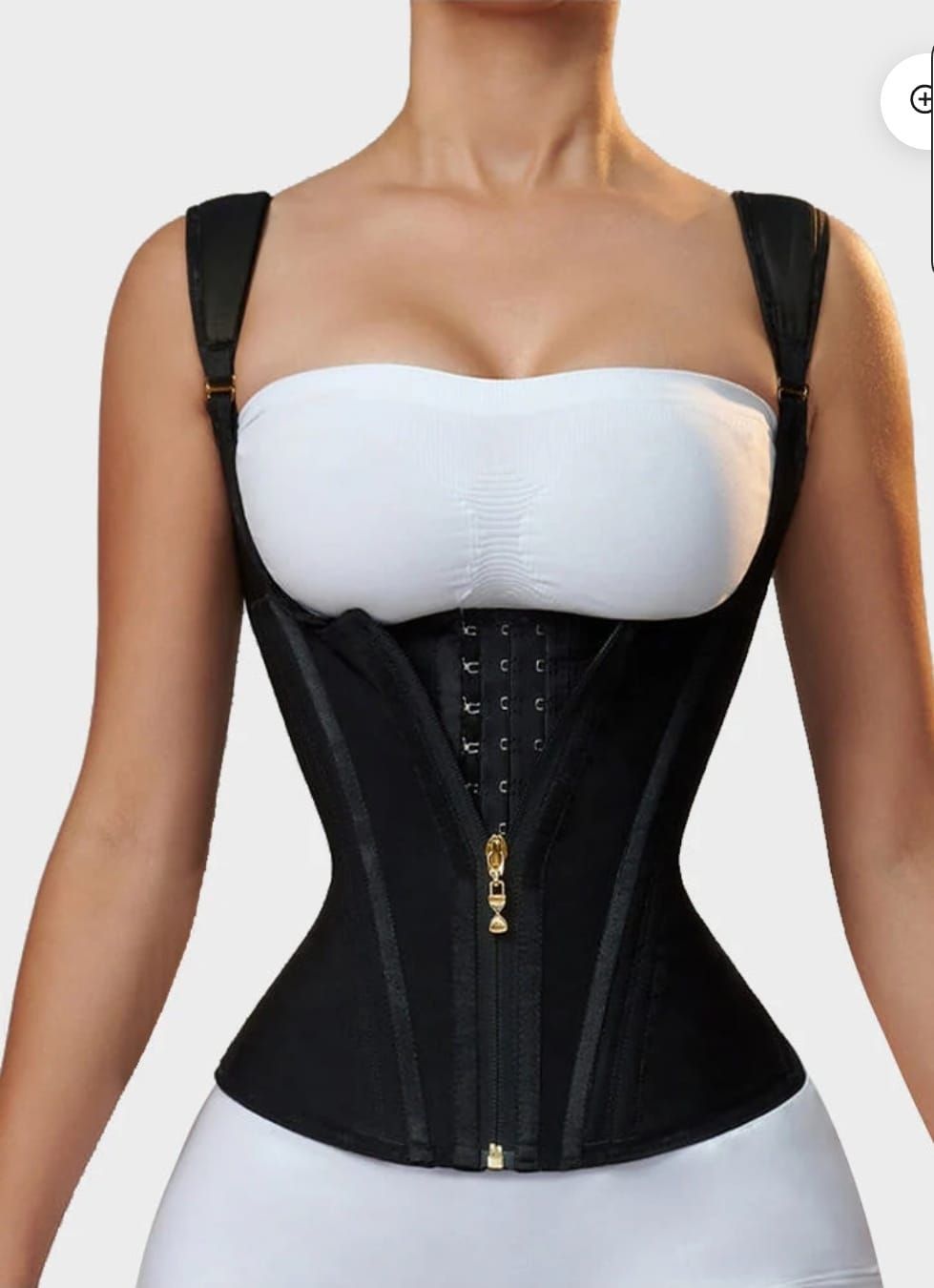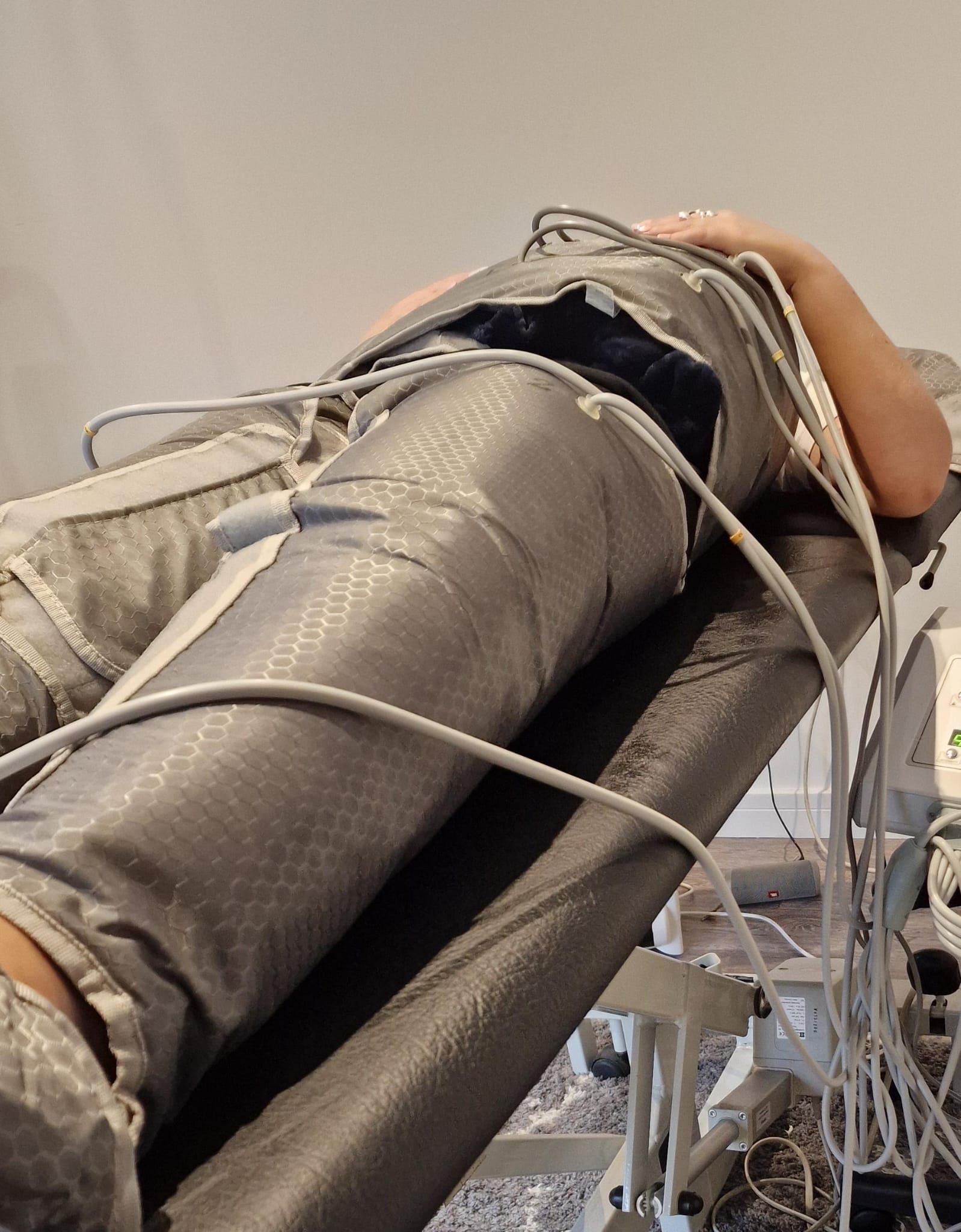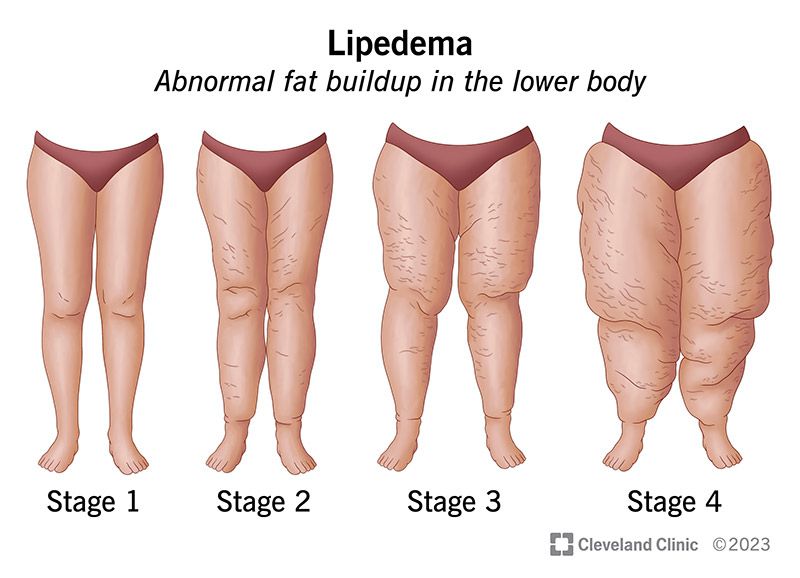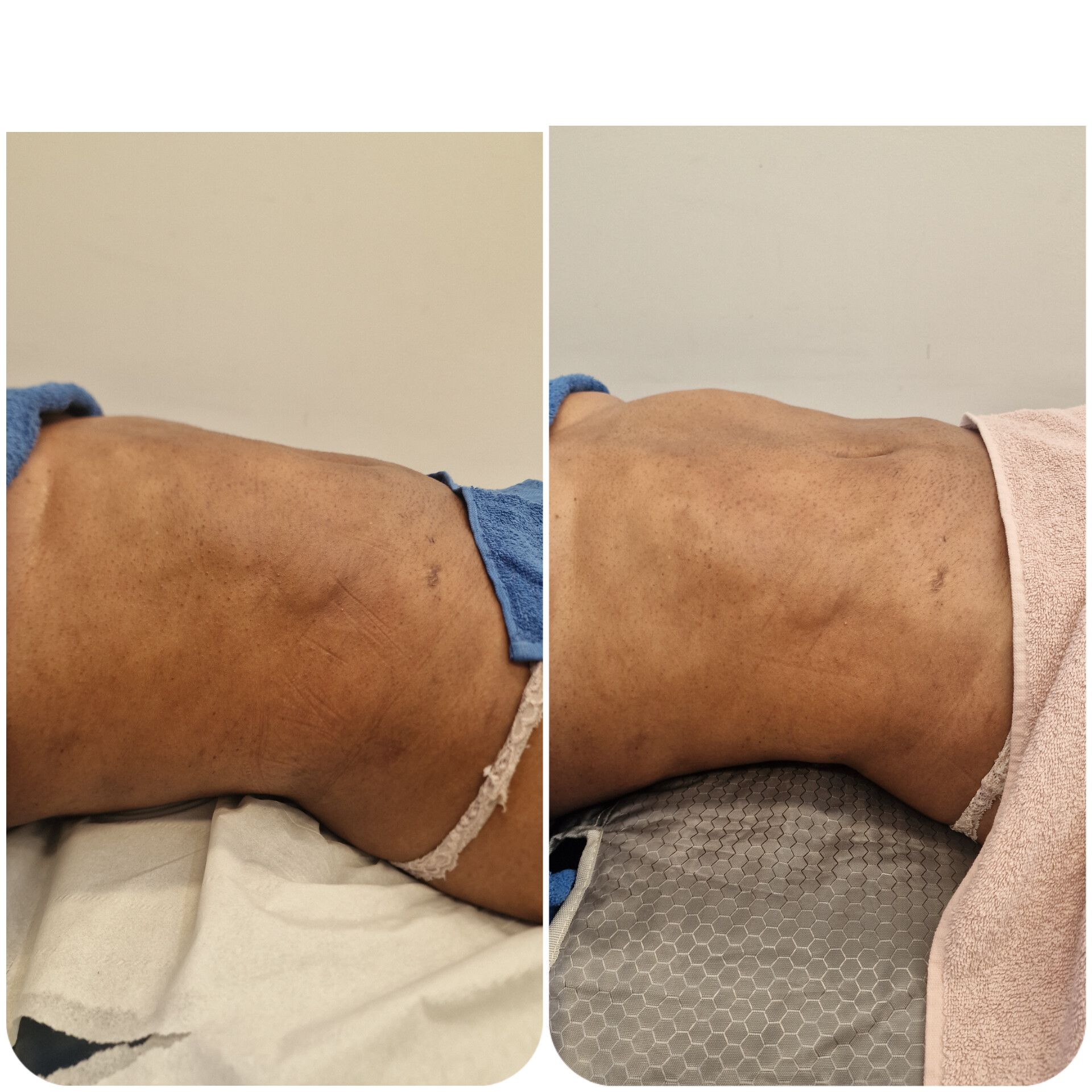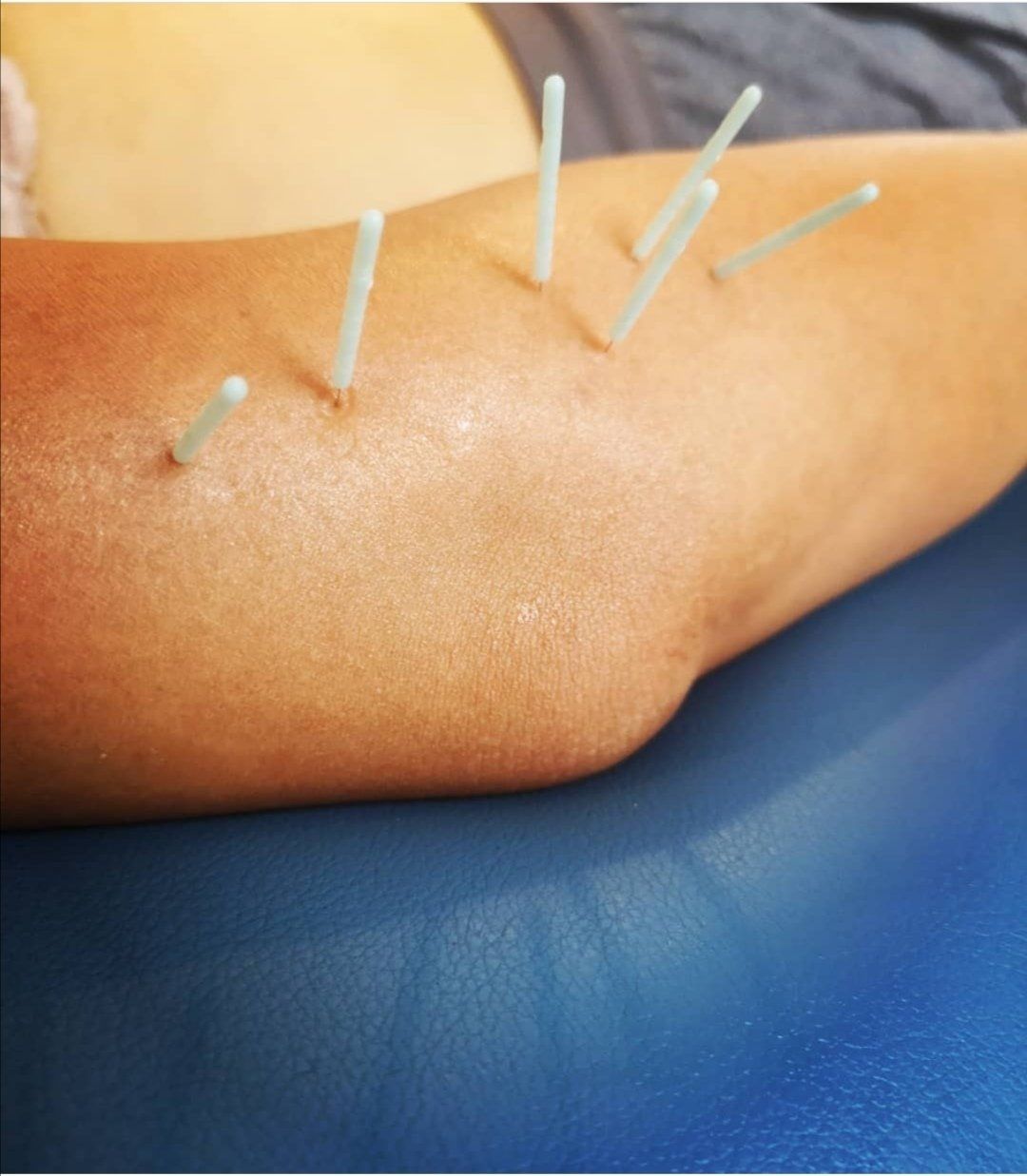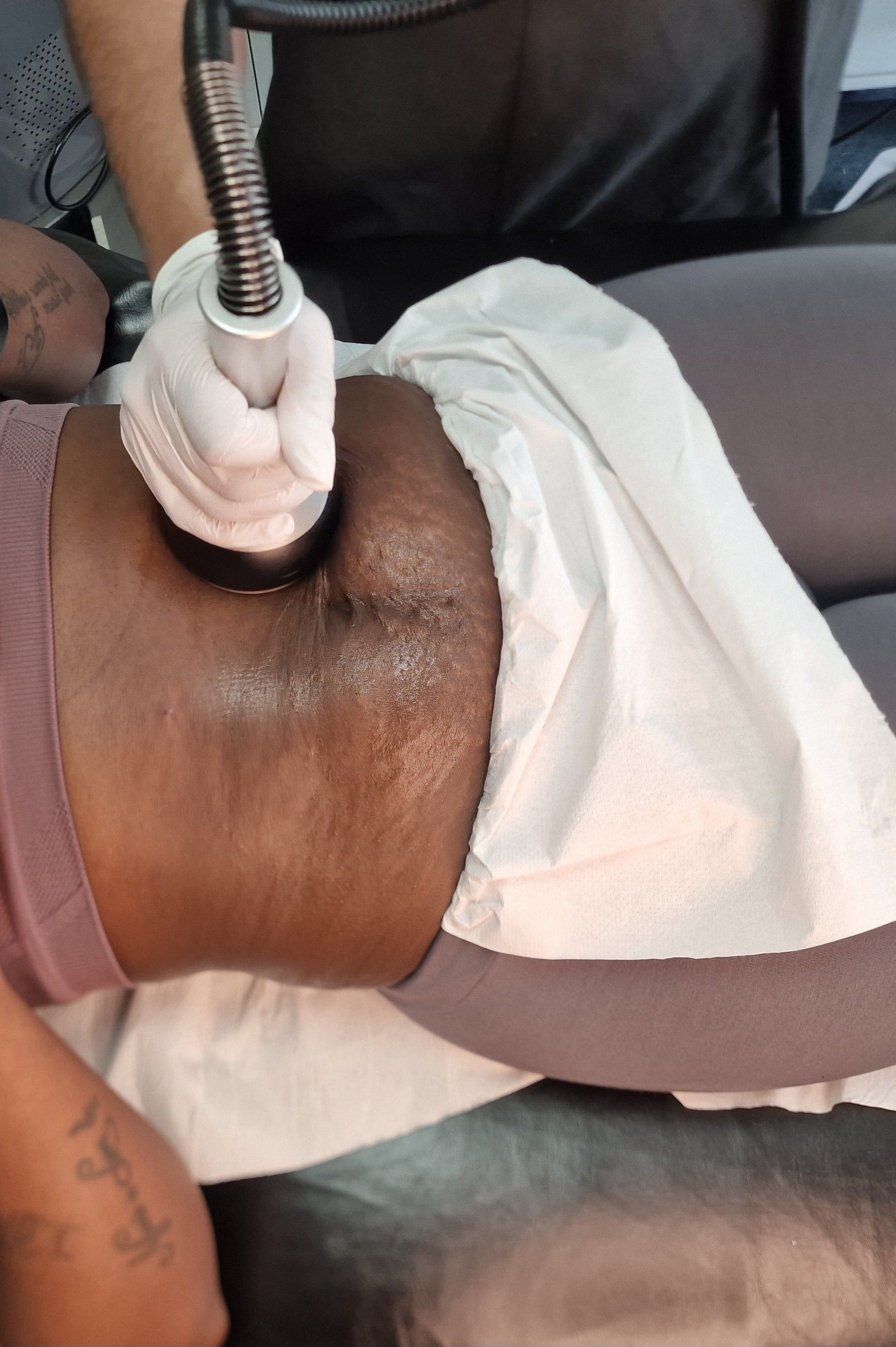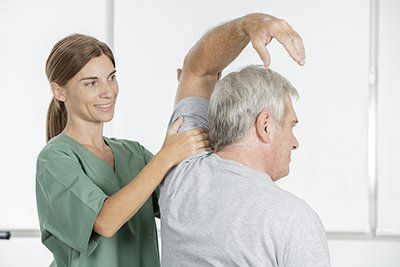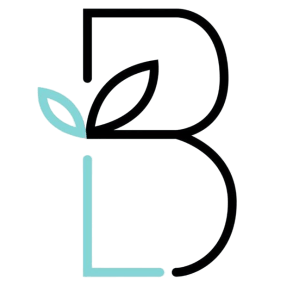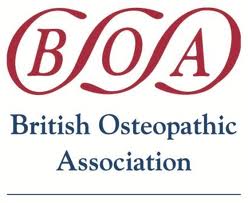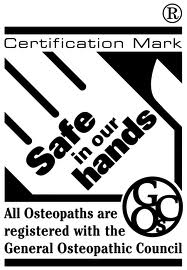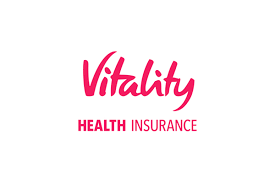Understanding and Treating Post‑Op Fibrosis After Cosmetic Fat Removal
Cryotherapy in Rochester & Woolwich Arsenal | Skin Tag & Wart Removal – Body Language Health
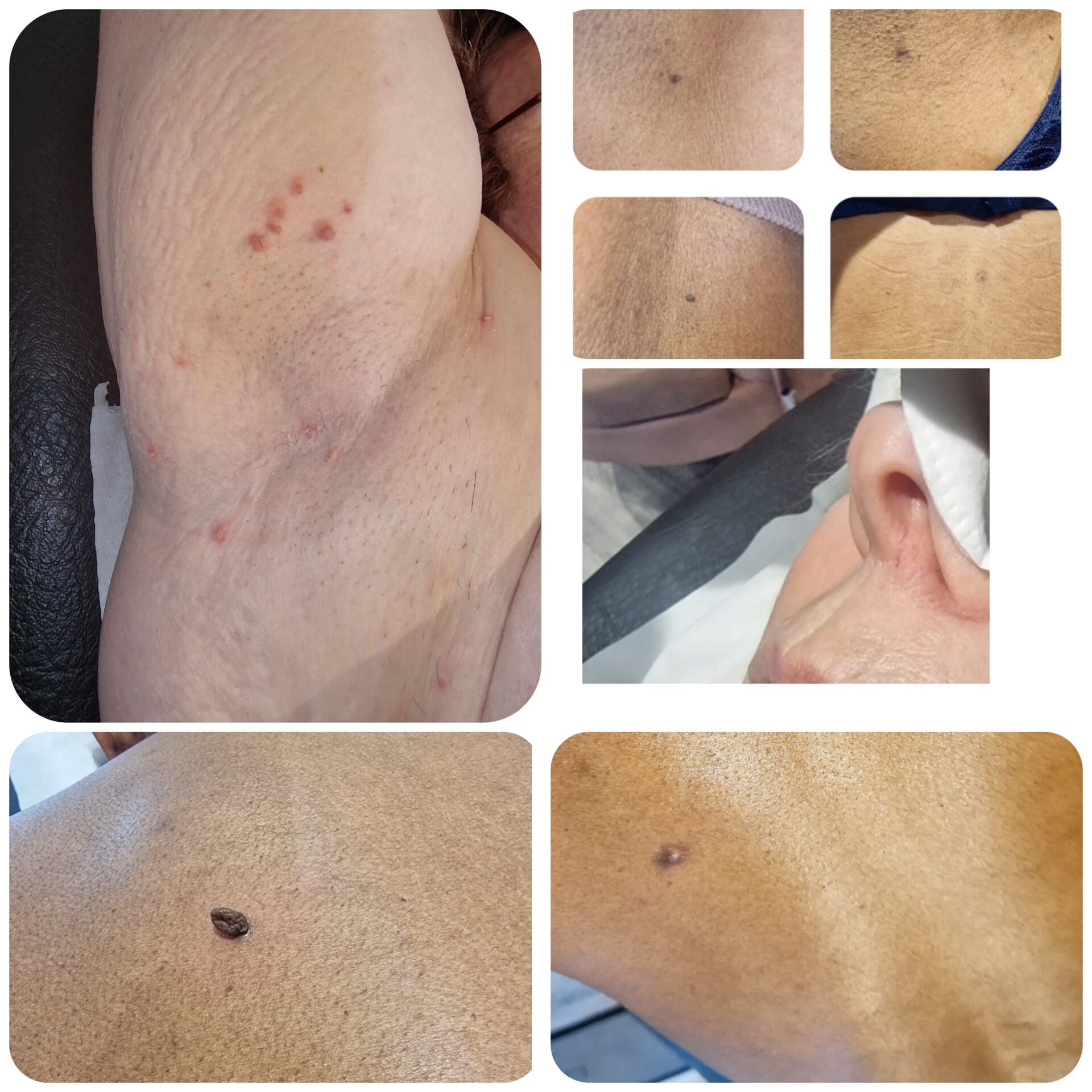
Cryotherapy for Skin Tags and More: Discover the Power of Cold Therapy in Rochester & Woolwich Arsenal.
If you’re tired of dealing with skin tags, warts, or age spots, there’s an effective, non-surgical solution available right here at Body Language Health in Rochester, Kent, and Woolwich Arsenal, London. It’s called cryotherapy, and it’s one of the fastest-growing skin treatments in the UK.
Cryotherapy works by using extreme cold to freeze and remove unwanted skin imperfections, leaving your skin smoother and clearer. But that’s just the beginning — cryotherapy can help treat several other skin concerns too. Here’s everything you need to know before booking your appointment.
What Is Cryotherapy and How Does It Work?
Cryotherapy, sometimes known as cold therapy, uses a fine jet of liquid nitrogen or nitrous oxide to precisely freeze targeted skin cells. This causes controlled damage to unwanted tissue, allowing healthy new skin to grow naturally in its place.
Unlike surgical removal, cryotherapy doesn’t require cutting or stitches, and there’s minimal discomfort or downtime. Treatments are quick, clean, and safe — making them a popular choice for people who want fast results with little to no recovery period.
Common Skin Conditions Treated with Cryotherapy
At Body Language Health, we use advanced cryotherapy technology to treat a range of benign skin concerns, including:
- Skin Tags: Small, soft growths often found on the neck, underarms, or eyelids.
- Warts and Verrucas: Caused by the HPV virus, these can be stubborn but respond well to freezing.
- Age Spots / Sun Spots: Cryotherapy helps reduce pigmentation and sun damage.
- Milia: Tiny white bumps that appear under the skin, often on the face.
- Cherry Angiomas: Small red blood spots that can be easily treated.
- Seborrheic Keratosis: Common non-cancerous growths often linked with ageing.
Because the treatment is highly targeted, cryotherapy can remove imperfections without harming surrounding healthy skin, making it suitable for most skin types and areas.
Key Benefits of Cryotherapy
- Fast and convenient: Most treatments take less than 10 minutes.
- Minimal discomfort: You may feel a brief cold or tingling sensation.
- No downtime: You can return to your normal activities immediately.
- Natural healing: The body regenerates fresh, healthy skin in the treated area.
- Effective results: Many clients see visible improvements after just one session.
Cryotherapy is ideal for busy individuals who want visible results without lengthy recovery times or invasive procedures.
Possible Side Effects of Cryotherapy
Cryotherapy is considered very safe when performed by trained professionals, but as with any treatment, minor side effects can occur. These may include:
- Redness or mild swelling immediately after treatment
- Temporary blistering or scabbing (part of the healing process)
- Slight skin lightening or darkening in the treated area
These effects typically fade within a few days to weeks, depending on your skin type and the size of the lesion treated.
How Often Should You Have Cryotherapy?
For small concerns like skin tags or warts, a single session is often enough. However, larger or deeper lesions may require a follow-up session after 2–4 weeks.
Your practitioner at Body Language Health will assess your skin during your consultation and create a personalised treatment plan to help you achieve the best results.
Cryotherapy in Rochester, Kent & Woolwich Arsenal, London
If you’re searching online for cryotherapy near me, skin tag removal Rochester, or cryotherapy in Woolwich Arsenal, look no further.
At Body Language Health, our experienced practitioners use the latest cryotherapy technology in a safe, sterile, and comfortable environment. Whether you’re looking to remove a single skin tag or rejuvenate your skin, we’ll guide you every step of the way.
Book Your Cryotherapy Consultation Today
Say goodbye to unwanted skin tags, warts, and blemishes — and hello to smooth, confident skin!
📍 Clinics in: Rochester, Kent (Wouldham) & Woolwich Arsenal, London
🌐 Book online: www.bodylanguagehealth.com
📞 Call us: Speak to our friendly team to arrange your consultation today.
At Body Language Health, we believe everyone deserves to feel comfortable in their skin — and cryotherapy is a fast, effective way to make that happen.
Share with your world
Understanding and Treating Post‑Op Fibrosis After Cosmetic Fat Removal
What Is Post‑Op Fibrosis — and Why Does It Happen?
When you undergo cosmetic fat removal — for example, liposuction — it’s not just fat that’s removed. The procedure inevitably causes trauma to the tissues: fat cells are disrupted, small blood vessels may be damaged, and lymphatic drainage is temporarily impaired. This triggers inflammation during healing, which in some cases can lead to fibrosis, or the formation of fibrous (scar) tissue.
Fibrosis is essentially your body’s way of healing — but if it overcompensates, you can end up with hard lumps, uneven or tethered skin, and even areas of tightness or discomfort.
Left unchecked, inflammation can transform into long-term fibrosis — which is why early and effective post-op care is so key. Without proper lymphatic drainage and massage, the risk of permanent hardening is higher.
Signs to Watch For: How to Recognise Fibrosis Early
It’s important to detect fibrosis before it becomes more established. Here are some red flags:
- Hard or firm lumps under the skin, especially if they persist beyond the usual swelling period.
- Skin tightness, discomfort, or reduced mobility in the treated area.
- Texture irregularities: indentations, thickened tissue, or “adhesions” where the skin feels stuck.
- Pain that doesn’t subside over time, or which worsens.
If these symptoms continue for several weeks or months, it’s worth discussing with your surgeon or a post-op therapist.
Why Does Fibrosis Sometimes Become a Problem?
Some fibrosis is natural, but certain factors make it more likely to become problematic:
- Surgical Technique: More aggressive fat removal or rough handling can damage tissue more severely, increasing the fibrotic response.
- Poor Post‑Op Care: Skipping or delaying lymphatic drainage sessions, not wearing compression garments properly, or resuming strenuous activity too soon can all contribute.
- Genetic Predisposition: Some people just scar more aggressively.
- Inflammation & Fluid Build-Up: If lymphatic fluid isn’t drained, or there is persistent swelling, the body may lay down more collagen, leading to fibrotic bands or nodules.
How Body Language Health Can Help: Treatment & Prevention Strategies
At Body Language Health, we offer osteopathy, manual lymphatic drainage (MLD), and other supportive therapies. Here’s how we approach fibrosis risk and treatment after cosmetic fat removal:
1. Manual Lymphatic Drainage (MLD)
- Early, gentle sessions help reduce swelling and encourage lymph flow, preventing fluid stagnation.
- Over time, MLD can help soften early fibrotic bands, reducing the risk of permanent hardening.
- We offer post-op MLD in our clinics in Woolwich and Wouldham.
2. Compression + Heat Therapy
- Compression garments are crucial. They support tissues, reduce swelling, and help prevent fluid accumulation, which in turn reduces fibrotic risk.
- We also use pressotherapy, which combines lymphatic massage with controlled compression to further promote fluid drainage.
3. Non-Invasive Treatments
- Ultrasound (Cavitation): Our clinic offers ultrasonic cavitation. This helps break down fat but also supports lymph drainage and tissue remodelling.
- Radiofrequency (RF) Skin Tightening: We offer RF to stimulate collagen in a controlled way. Done carefully, this can improve skin texture without worsening fibrosis.
4. Lifestyle & Patient Education
- Hydration & Nutrition: Supporting your lymphatic system through fluid intake and a nutrient-rich diet helps your body heal more effectively.
- Gentle Movement & Stretching: Depending on your recovery, gentle exercise (walking, light stretching) supports circulation and lymph flow.
- Follow-Up: We emphasise regular follow-ups, so we can detect early signs of fibrosis and intervene sooner rather than later.
When More Intensive Treatment Is Needed
For more established or stubborn fibrosis, more targeted approaches can help:
- Professional Massage / Deep Tissue Work: After the early healing phase, a therapist can apply firmer, deeper massage to break down fibrotic tissue.
- Ultrasound Therapy: Using ultrasound to provide a “micro‑massage” to scar tissue — often more effective than manual massage alone.
- Combined Therapies: Ultrasonic Cavitation, Acupuncture, dep tissue and or Radiofrequency may be combined for remodelling and smoothing.
Patience Is Key: Fibrosis doesn’t resolve overnight. It may take weeks or months of regular treatment to see meaningful improvement.
Post-op fibrosis is not uncommon, but with proactive care, it doesn’t have to compromise your results. At Body Language Health, we believe in a holistic, patient-centred approach: combining manual therapies, compression work, exercise advice, and non-invasive technologies to support smooth, healthy healing.
If you're preparing for cosmetic fat removal, or are already in your recovery phase and concerned about fibrosis, our team in Woolwich or Wouldham can help design a tailored post-op plan.
Book a consultation with us to discuss your post-surgery recovery – we’d love to help you make the most of your results.
If you like, I can also include before-and-after case studies, patient stories, or graphics for this post — do you want me to add those?
New Paragraph

